THIRTY-three years in the life of a forest is nothing. Yet, in the decades since I lived in Montalto near Ballynahinch during 1992 and 1993, there have been spectacular changes as well as devastating storms that wreaked havoc in the estate.
During the 12 months living in a cottage with my wife, I kept a large red journal with notes about the shifts in the weather, changing seasons, the forest flora and the wildlife, especially birds and squirrels.
The journal was made up of mostly brief daily entries, a mix of bricolage and quirky trivialities, known to writers as ‘nibble’ notes, but after leaving Montalto it languished in a drawer and I forgot about it.
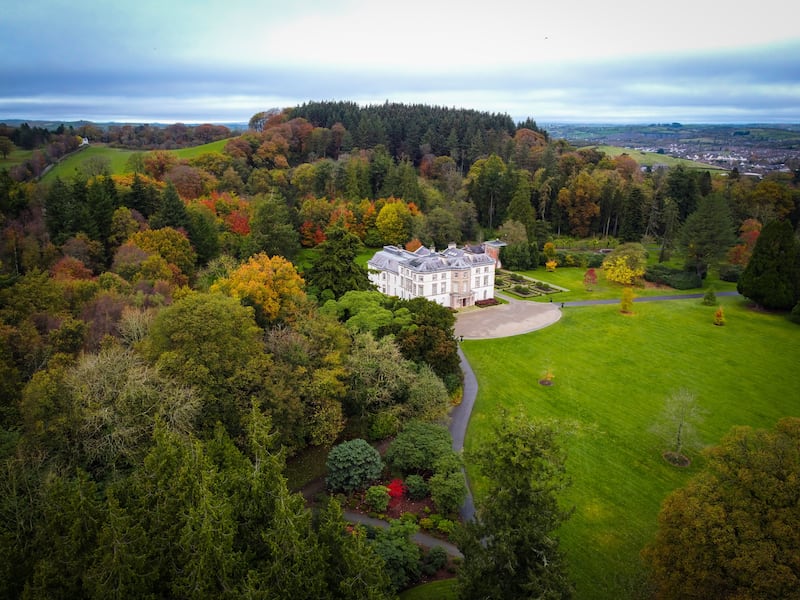 Montalto Estate, Ballynahinch, Co Down
Montalto Estate, Ballynahinch, Co Down
Years later, I occasionally glanced through these notes, scanning the entries and silently wondering if I should do something with them, or indeed if anyone would be interested.
I felt there was not sufficient material to stretch to a book. However, I was busy working full time as a journalist, writing other books as well as working for guidebooks to Ireland.
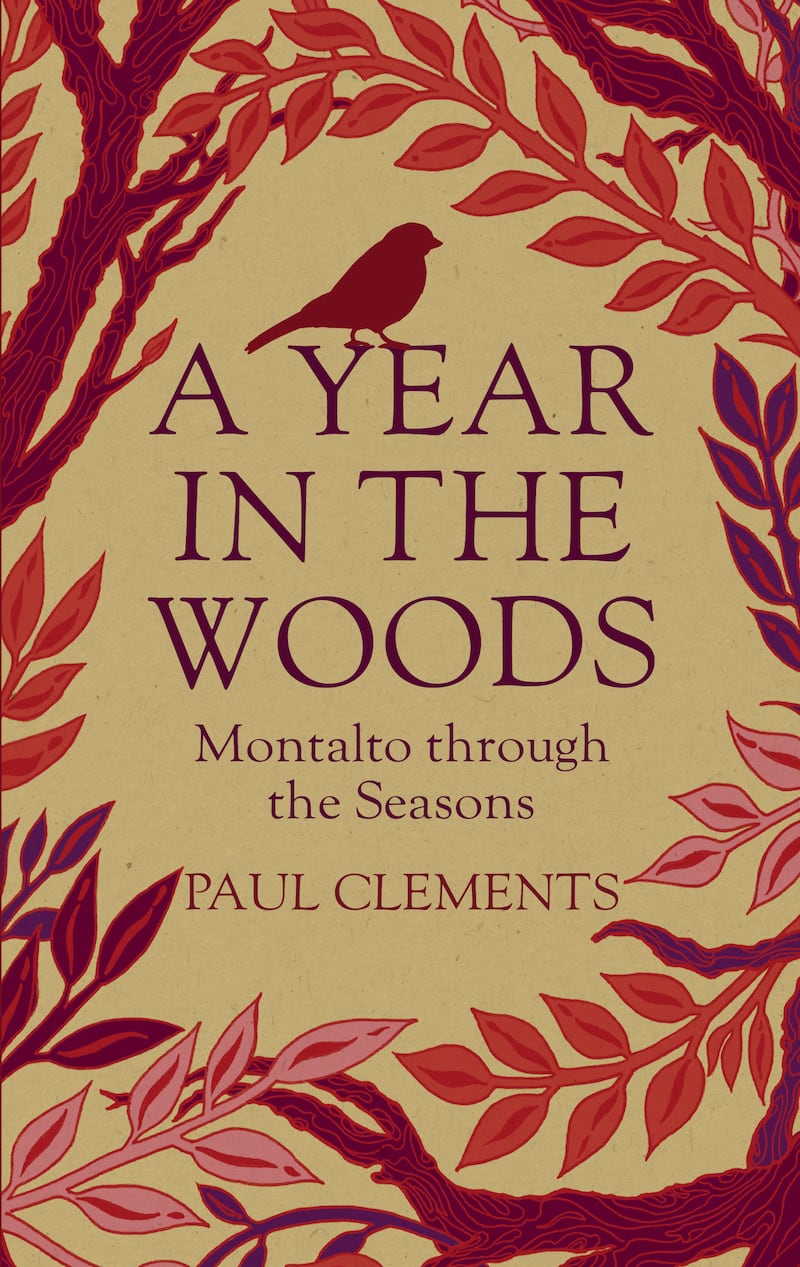 A Year in the Woods by Paul Clements
A Year in the Woods by Paul Clements
I was unconvinced that there was sufficient material with which to approach a publisher and in any case, I would have been unable to free up the time required.
As the decades slipped by, I returned to my journal every so often to remind myself of our time in Montalto. This developed into an itch and I thought it worth trying to turn it into something approaching a book.
By now I had built up considerable ‘thinking time’ and was aware that several of my favourite outdoor books benefitted from a long gestation.
Nan Shepherd’s The Living Mountain about the Cairngorm range in Scotland, was written in 1945, but because of a shortage of paper in the postwar years publishers were struggling and many were risk-averse, so the book was not published until 1977 – some 32 years later.
Another celebrated book, Patrick Leigh Fermor’s A Time of Gifts, based on his teenage walk across Europe in 1933, was not published until 1977.
The delay was caused by the fact that one notebook was stolen from a youth hostel, while others which he had lost were returned to him after the war.
This meant that 44 years separated the experience from writing the book, since he did not start work on the first volume until he was in his 60s.
These are examples of two books where a lengthy timespan engaged in their publication, and this festered in my mind.
Early in 2024, the commissioning editor working for a publisher in Dublin, Sine Quinn, asked me if I would give some thought to writing up my notes.
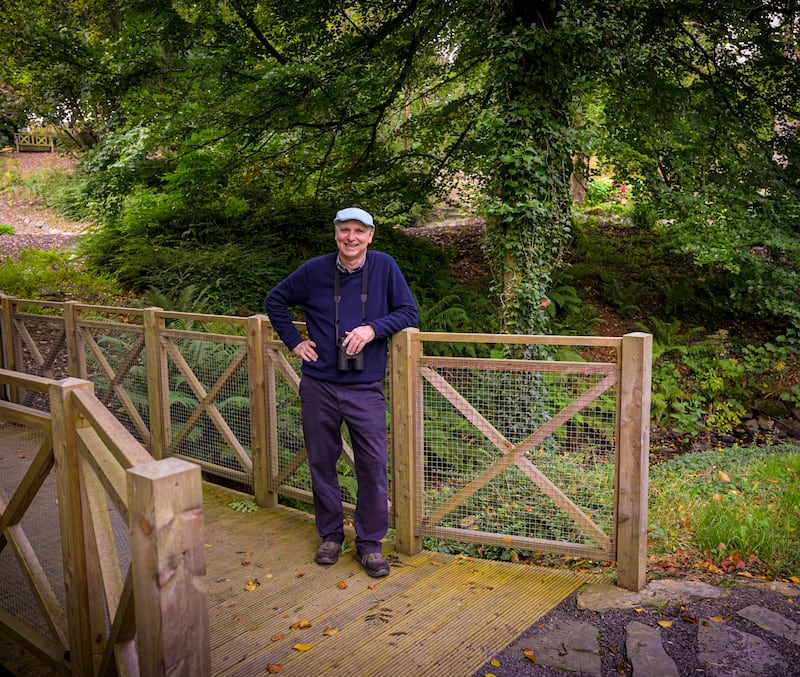 Paul Clements spent a year in the woodlands of Montalto Estate, outside Ballynahinch, Co Down, as he recovered from surgery
Paul Clements spent a year in the woodlands of Montalto Estate, outside Ballynahinch, Co Down, as he recovered from surgery
She suggested weaving in the history of the storied estate to reflect the ebb and flow of the social and cultural aspects of Montalto and the dynasties who lived there from 1641 up to the mid-2020s.
Over a coffee, Sine unlocked ideas which where the catalyst that inspired my book. I cleared time and space to concentrate, belatedly, on turning my rough jottings into a considered account of the four seasons that we had lived through, as well as weaving in history of the estate and its present-day resurgence.
The fact that Montalto opened to the public in 2018 meant that I was able to revisit various woodlands where I had spent considerable time in the early 1990s.
I discovered, for example, that our cottage has been turned into an office block and toilet.
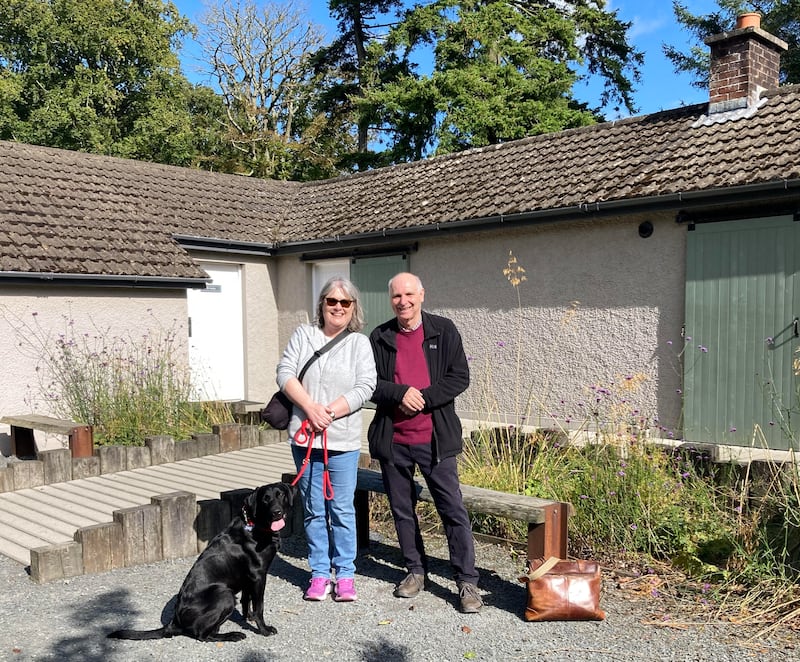 Felicity and Paul Clements outside the renovated cottage in the Montalto estate where they spent a year
Felicity and Paul Clements outside the renovated cottage in the Montalto estate where they spent a year
In 1994, the year after we left the cottage, the estate was sold to Gordon and June Wilson: two years later they moved into the mansion house.
They spent 12 years meticulously restoring the house to its original condition. More than 30,000 trees were planted in the grounds, along with fresh flowering shrubs and bulbs, while new gardens were created and a lost garden was uncovered.
The gardening history is once again as compelling as its past, and worthy of the 18-century heritage from which it stems.
After I re-explored the grounds with a photographer during 2023 and wrote my first draft, the editing, like many non-fiction books, involved multiple revisions.
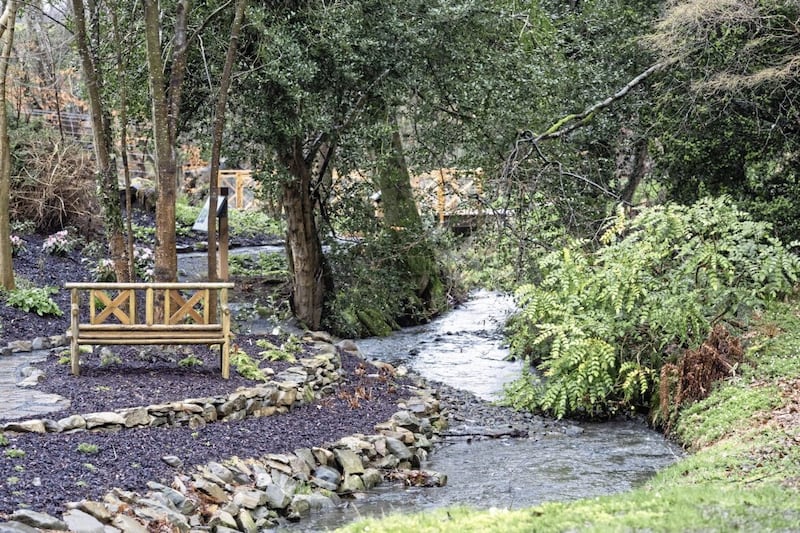 The Lost Garden at Montalto Estate
The Lost Garden at Montalto Estate
I went through six drafts, collaborating closely with excellent editors and copy editors, who understood the spirit of the book.
Eventually, we reached proofreading where harmonising, fine-tuning and sculpting the final text takes place alongside a belt-and-braces check.
Proofreading is the final stage when you can see the end in sight – but, with six people reading the proofs, you may end up conducting additional changes as well as preparing the index.
You may also need to source historic photographs, work with a photographer, write captions and seek permission to use quotations.
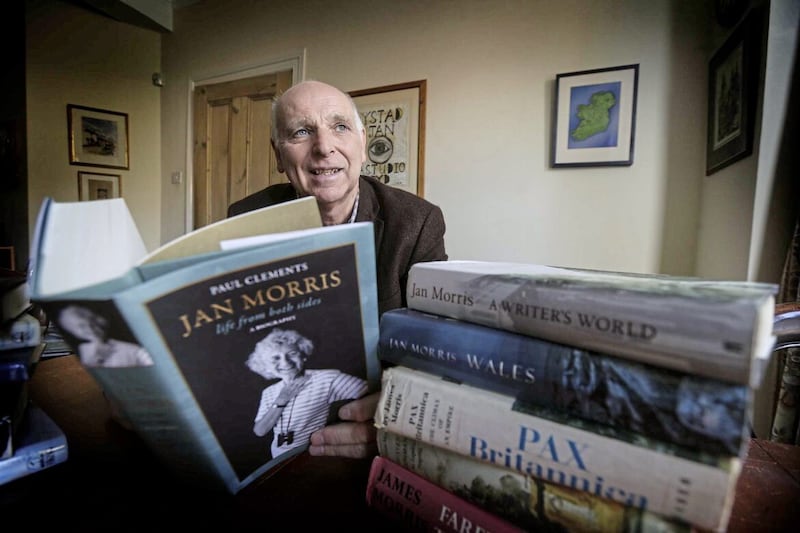 Biographer Paul Clements in his Belfast home PICTURE: HUGH RUSSELL
Biographer Paul Clements in his Belfast home PICTURE: HUGH RUSSELL
Most of the books that I write take at least two years, while others such as biographies have a much longer time span. They often require years of research in archives and libraries, recording numerous interviews, visiting locations, and the use of endnotes.
Frequently, I am asked at talks how long it takes to write a book. Now I can say, with accuracy: 33 years.
There is, of course, no definitive answer to that question since it depends on the type of book – in my case, nonfiction – and all books require thinking time.
Frequently, I am asked at talks how long it takes to write a book. Now I can say, with accuracy: 33 years
— Paul Clements
It also depends, not just on the time spent writing, re-writing and revising the book, but also the amount of research, transcribing of interviews and the amount of reading around your subject that it is necessary to carry out.
The world has changed dramatically in the intervening 33 years, and so too has the English language.
New words have been introduced, while old words have different meanings. For example, in the early 1990s, ‘twitter’ was the sound of birds making short, high-pitched, chirping sounds, while AI was just farm-speak for ‘Artificial Insemination’ in livestock.
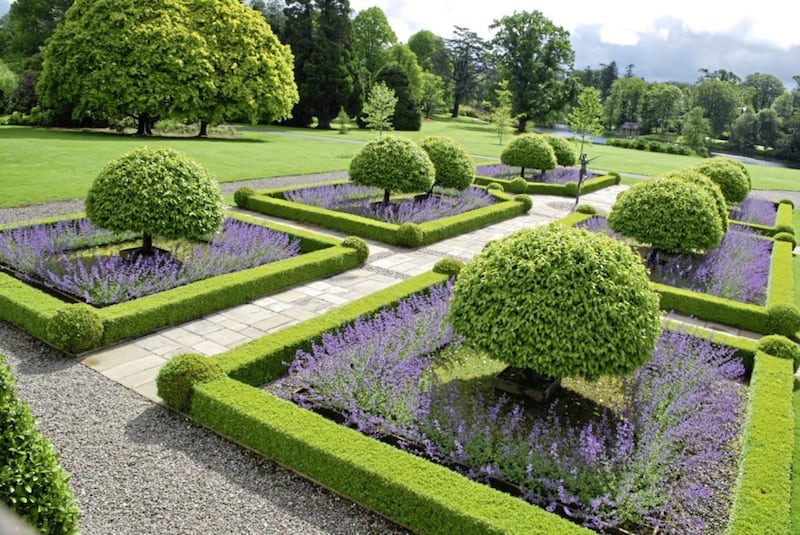 Montalto Estate in Ballynahinch, Co Down
Montalto Estate in Ballynahinch, Co Down
In the spring of 2025, A Year in the Woods, Montalto through the Seasons, was released on an unsuspecting public.
Apart from the nature writing side to my book, it is also about change in one place over the centuries and how it has come about in one Co Down woodland.
Thirty-three years have elapsed since we lived in Montalto, and the book reflects our life then during the four seasons we spent there, so the writing – or thinking about it – has had plenty of time to crystallise.
It is worth stating in conclusion that determination, perseverance and staying power, as well as considerable musing and deliberation, are vitally important qualities for writers.
:: Paul Clements’s A Year in the Woods: Montalto Through the Seasons is published by Merrion Press.


